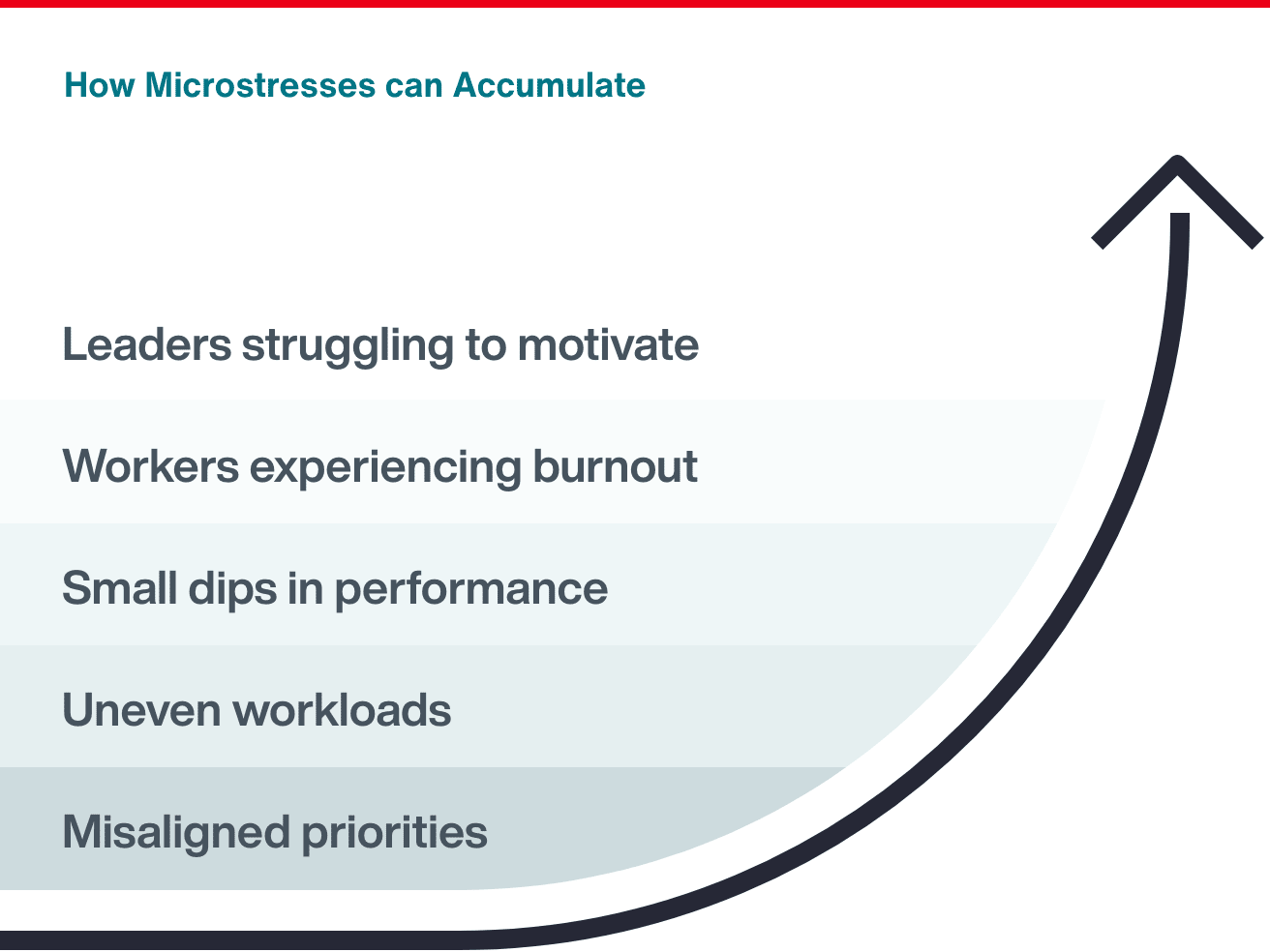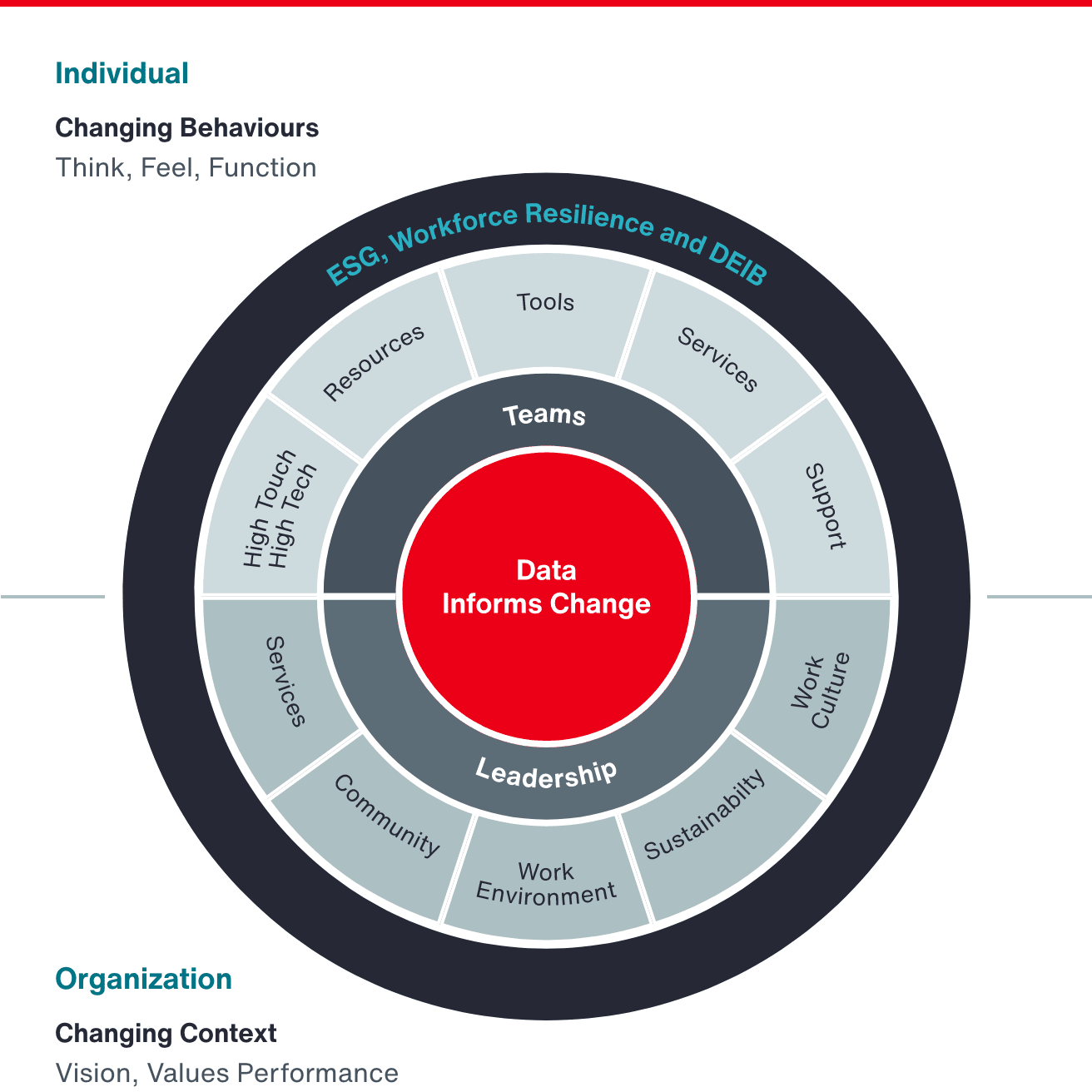Better Advised
Misaligned priorities. Surges in responsibility. Confrontational conversations. Individually, these instances of microstress won’t necessarily cause major harm to someone’s overall wellbeing. But over time, these seemingly everyday occurrences can add up to a bigger challenge.
Employers are focusing on wellbeing in ways they never have before. Emotional wellbeing is especially top of mind. Aon’s 2022-2023 Global Wellbeing Survey found that mental health was the most frequently listed employee issue, named in the top five by 41 percent of respondents. While this is not particularly surprising, given the increased attention around mental health over the past few years, the second most listed wellbeing challenge was burnout and languishing at 34 percent. How can a company’s employee wellbeing strategy adequately address this reality?
Burnout is a familiar term to many, but languishing may be less so. “Languishing is a subacute phenomenon,” says Dr. Amitabh Deka, vice president of Health Transformation in Aon’s Health Solutions practice. “There isn’t an immediate need of psychological intervention. But the person isn’t emotionally well, either. Think of it as a lack of wellbeing versus the presence of a disorder.”
The similarity between burnout and languishing is that they both involve a reaction to stress, or in many cases, an accumulation of microstresses.
What are Microstresses?
Microstresses are small moments of stress caused by routine interactions in our professional and personal lives. As these moments become part of our routine, they blend into the background, making it easy to overlook the cumulative impact on our overall wellbeing. There are three main types of microstress, including:
- Capacity-draining microstress: These situations can be caused by misaligned roles and priorities, smaller performance misses, unpredictable authority figures, inefficient communication practices and surges in responsibility.
- Emotion-depleting microstress: Managing and advocating for others, confrontational conversations, lack of trust in ourselves and others, picking up on others’ stress and political maneuvering can all lead to this type of microstress.
- Identity-challenging microstress: This can be caused by conflict with personal values, undermined confidence, negative interactions with others, including colleagues, and disruptions to relationships and networks.
If microstresses accumulate and go unaddressed, they can lead to problems, including lower productivity and loss of purpose and goals.















































































